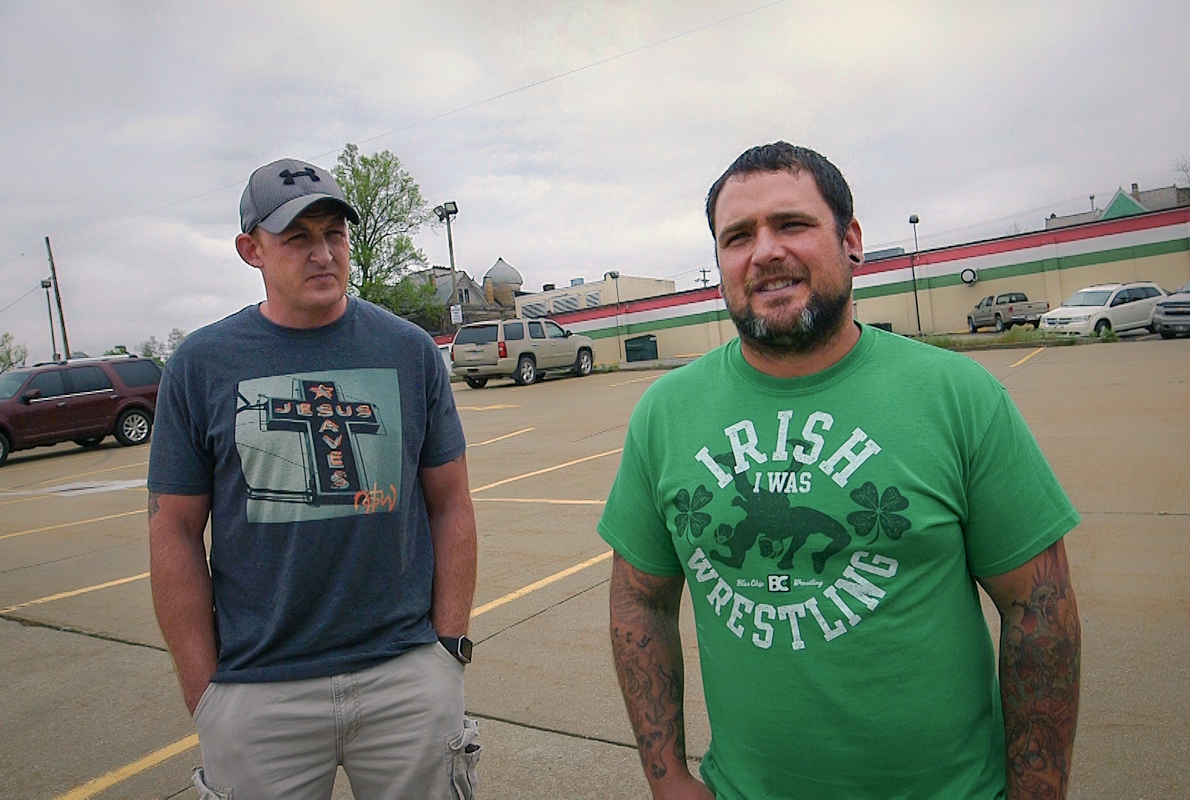As Coal Fades, What Will Happen to Thousands of Miners?
It’s hard to say the coal industry is in anything but a state of free fall. In the past year, thousands of workers have been laid off, more than half of the country’s major coal companies have filed for bankruptcy and coal production now stands at a 30-year low.
Not surprisingly, the issue is finding a place on the presidential campaign trail. Speaking last week in North Dakota, Republican presidential candidate Donald Trump promised to bring coal back from the brink.
“We’re going to save the coal industry,” he said. “Believe me, we’re going to save it. I love those people. These are great people.”
Trump says he’ll do this by pulling the U.S. out of the Paris climate treaty—which reduces the use of fossil fuels like coal—and by scaling back other environmental regulations. But even coal’s staunchest backers say it’ll be hard for the industry to ever return to its peak level of production from a few years ago—even if tougher environmental standards are reversed.
LISTEN: “Your Environment Update for June 1, 2016”
In southwestern Pennsylvania, the wave of layoffs and bankruptcy in the industry is taking a toll. In November, Alpha Natural Resources announced it was laying off 220 miners and closing the Emerald Mine in Greene County. At a meeting for the laid-off miners, Greene County Commissioner Blair Zimmerman—himself a retired miner—had a sobering message.
“A lot of you aren’t going to get back to the mines,” he said. “That’s just the way it’s going to happen.”
Dave Serock left the Emerald mine recently and now works as a recruiter for a private industry group. He said replacing the high-income jobs from coal mines will be a challenge, especially in rural Pennsylvania.
“It’s tough because the hardest transition is going from a job you made six figures [at],” he says. “And probably the highest you get in Fayette or Greene County is $20,000 to $30,000 a year.”
Dave Hathaway is one of the miners who was laid off in November. He’s applied for work at a prison, a casino, in the gas fields—dozens of places—but to no avail. Some miners have had to leave the state for jobs. But Hathaway has a 10-year-old in the area and a baby on the way, so relocating is not an option.
He and fellow laid-off Emerald miner Bob Wilson formed a group to help their former co-workers find jobs. Both have applied to get into a carpenters union training program. Wilson says he’s seen how workers in other industries have had their unemployment benefits extended and wants the same thing for laid-off coal workers.
“Where’s our bailout?” Wilson says. “It’s not a handout to get our houses rebuilt. We just need the help to get a good-paying job. We just need unemployment extended for two years so these people can train for a good job. That’s all we’re asking for.”
But a few weeks ago, the U.S. Department of Labor turned down the miners’ request for an unemployment extension. As they wait to hear back on job applications, Hathaway and Wilson are cutting grass to earn a little money—and hoping for some good news from the carpenters training program later this month.
Reporting by Reid Frazier


